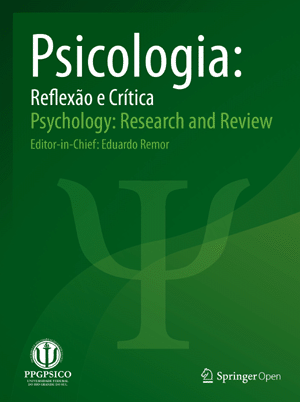This literature review explores the major theories and explanatory mechanisms in the occurrence of false memories in the Deese-Roediger-McDermott paradigm (DRM). This study presents data from empirical studies that support each of the theories and discusses their implications for understanding false memories. Historically, the first theories explaining false memories focused on the concept of association in order to explain intrusions in memory tasks. Later on, the concept of activation received greater importance in explaining false memories in the DRM paradigm. However, activation by itself is insufficient to explain all the results described by several authors. Therefore, the two current major theories that explain false memories in the DRM paradigm (activation monitoring theory and fuzzy trace theory) consider the existence of monitoring or control mechanisms, together with activation mechanisms. These monitoring mechanisms, which operate in opposite direction to activation mechanisms, explain the decrease or disappearance of false memories under certain circumstances. Although different, activation monitoring and fuzzy trace theories have reconcilable perspectives and may be both necessary for a comprehensive understanding of false memories in the DRM paradigm. Thus, we propose the adoption of a theoretical approach that integrates contributionsfrom both theories.
False memories; DRM; fuzzy trace theory; activation monitoring theory; source monitoring
